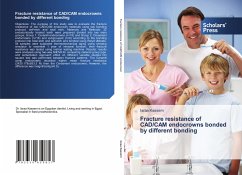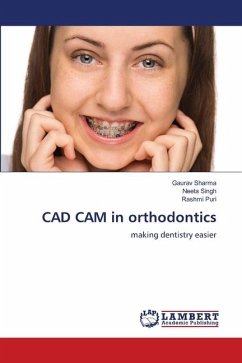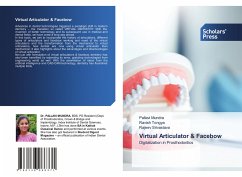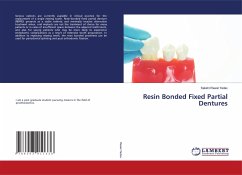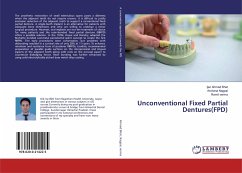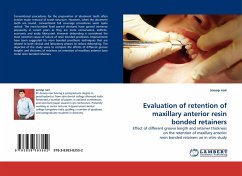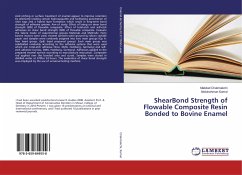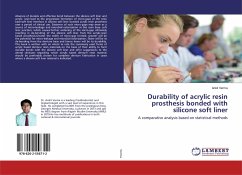Objectives: The purpose of this study was to evaluate the fracture resistance of two CAD/CAM endocrown materials using two bonding protocol; self-etch and total etch. Materials and Methods: 32 endodontically treated teeth were prepared divided into two main groups; Group 1: Ceramill endocrowns (n=16) and Group 2: Cerasmart endocrowns (n=16) and subgrouped (n=8) according to the bonding protocol into total etch and self-etch and bonded using RelyX Ultimate. All samples were subjected thermomechanical aging using chewing simulator to resemble 1 year of intraoral function, then fracture resistance was tested using instron testing machine. Results: results were analyzed using two-way ANOVA for comparing material group type and cementation approach effect on different variable studied. Chi square test was performed between fracture patterns. The Ceramill comp endocrowns recorded higher mean fracture resistance (2420.178±553.3 N) than the Cerasmart endocrowns; However, the difference was insignificant(p 0.5).
Bitte wählen Sie Ihr Anliegen aus.
Rechnungen
Retourenschein anfordern
Bestellstatus
Storno

